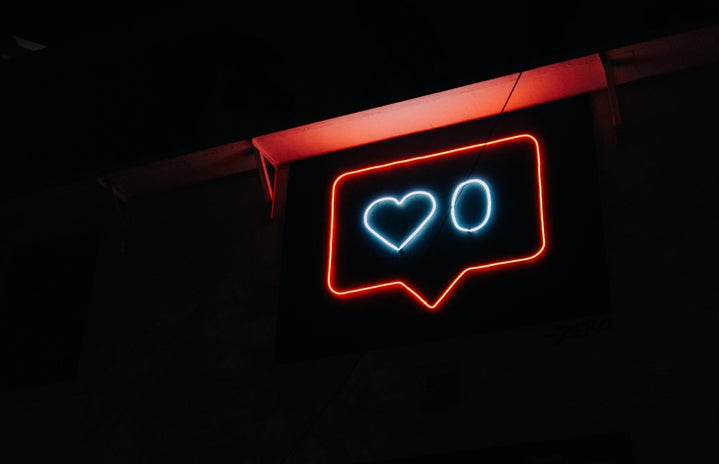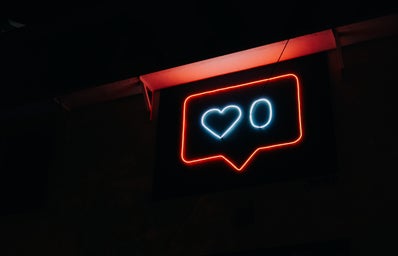As young people, the way we make our opinions known in the world is by ranting on Twitter, Facebook or other forms of social media. Never before has it been so easy for people to make their voices heard to a large and varied audience. With platforms like Youtube, people don’t need to use traditional forms of media to put our opinions out into the world; literally anyone can start a trend and like never before it can be traced back to the source. But the question remains, why do the people of our generation express their opinions in the ways they do? Why do we document our frustration with the world in 140 characters and emojis? Why do we vent in the middle of our ‘lit’ snapchat stories? Why do we create memes?
Terrible things are happening every day; you only have to open up your Facebook feed to see that. The civil war in Syria, the water crisis in Flint, or the Ebola epidemic in West Africa, they all invade our spaces and weigh us down. In a world with such sadness, often times all we can do is laugh. The only way we can deal with the horror of the world is by using humour and frivolity to distance ourselves from this tragedy.
Now, this isn’t a new concept, in fact, people have been doing this for years. One of the most studied plays in history, Waiting for Godot, is all about this. It falls under the theatre movement of absurdism, and uses humour to dissipate the terror of thinking about the meaning of existentialism and the void that encompasses our minds when we think for too long. This play was first performed in 1953 and was a direct result of the depression caused by World War II, but what is happening to us now could be seen as almost Neo-Absurdism: our use of hashtags and emojis could be seen as escaping from the existential thought caused by the televised horror of today’s society.
A good example of this can be seen in the recent Harambe meme. This kind of news story would not have made headlines in previous generations, yet because of the internet this story spread like wildfire. The story of the gorilla that was ‘unjustly’ killed because it had ‘saved’ the child became something more than just the story. It became a symbol for two things: how regulation can often cost emotion and what people care about, and also how people take up mundane causes rather than dealing with the real world. This culminated in the hashtag: #DicksOutForHarambe, a completely crude and ridiculous slogan created by comedian Brandon Wardell, this hashtag became the cornerstone of this movement.
Another source of this is the way millenials view Hillary Clinton. She is seen to be pandering to our generation but using our memes without real knowledge of them. And so, we make fun of her for this, by turning her into a meme. Our anger at a political system that does not represent us culminates in memes and rants on twitter.
This is our way of changing the world. It is not through great speeches or acts of war, but through tweets, Facebook posts, Tumblr text-posts and Reddit AMA’s.
Sources:
https://www.youtube.com/watch?v=DyCfihNJ-WU
https://www.youtube.com/watch?v=OJw3MmL-Omk
https://www.youtube.com/watch?v=aoXDe8HxHBA
https://en.wikipedia.org/wiki/Waiting_for_Godot
https://i.guim.co.uk/img/media/0e7c0bac09562f18663efdac68c9ef4e93e713f8/…

